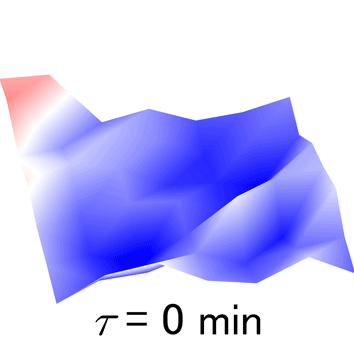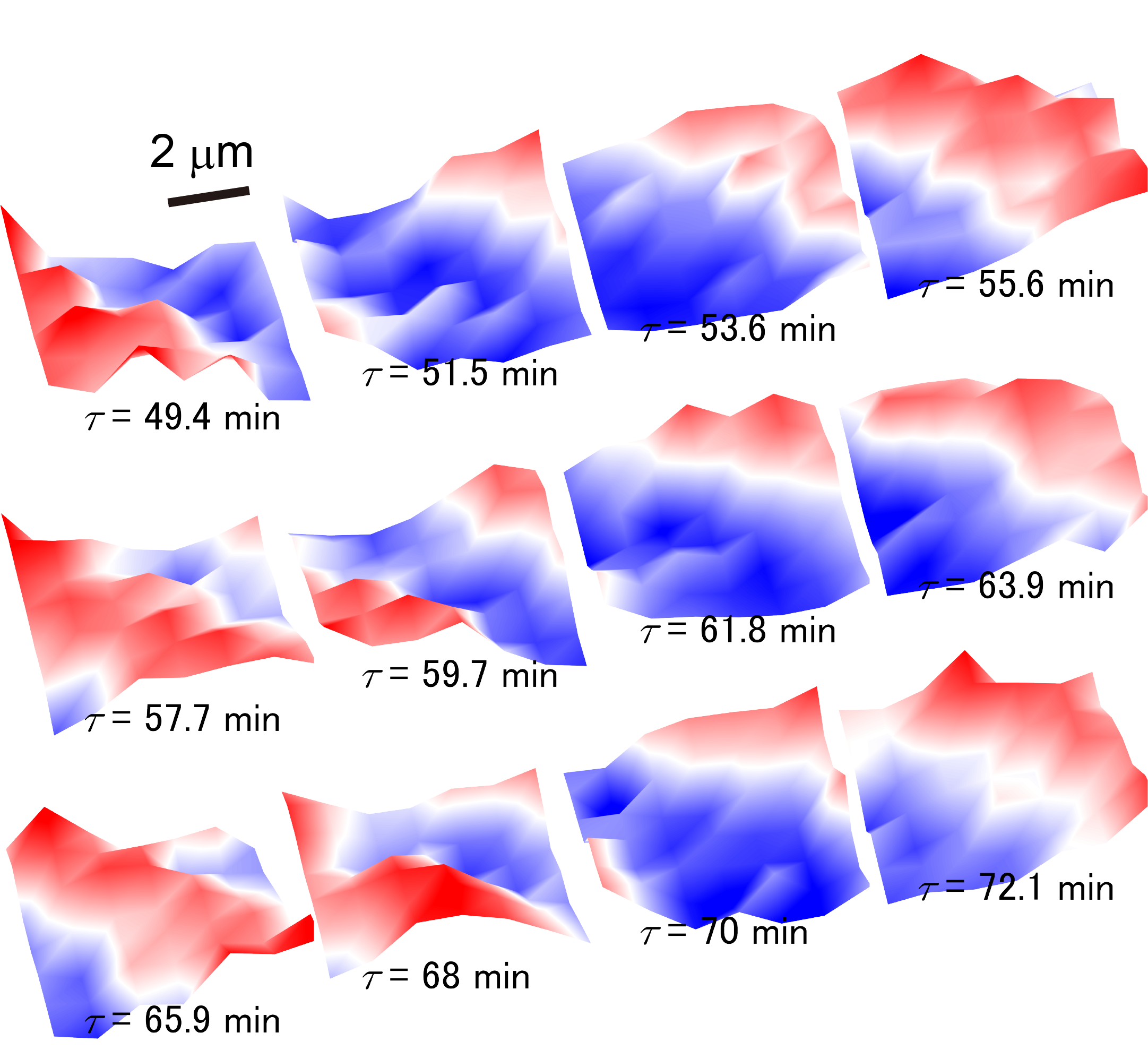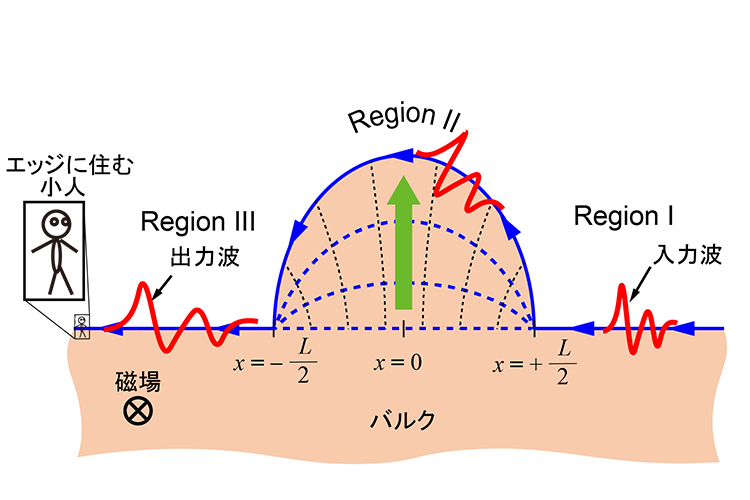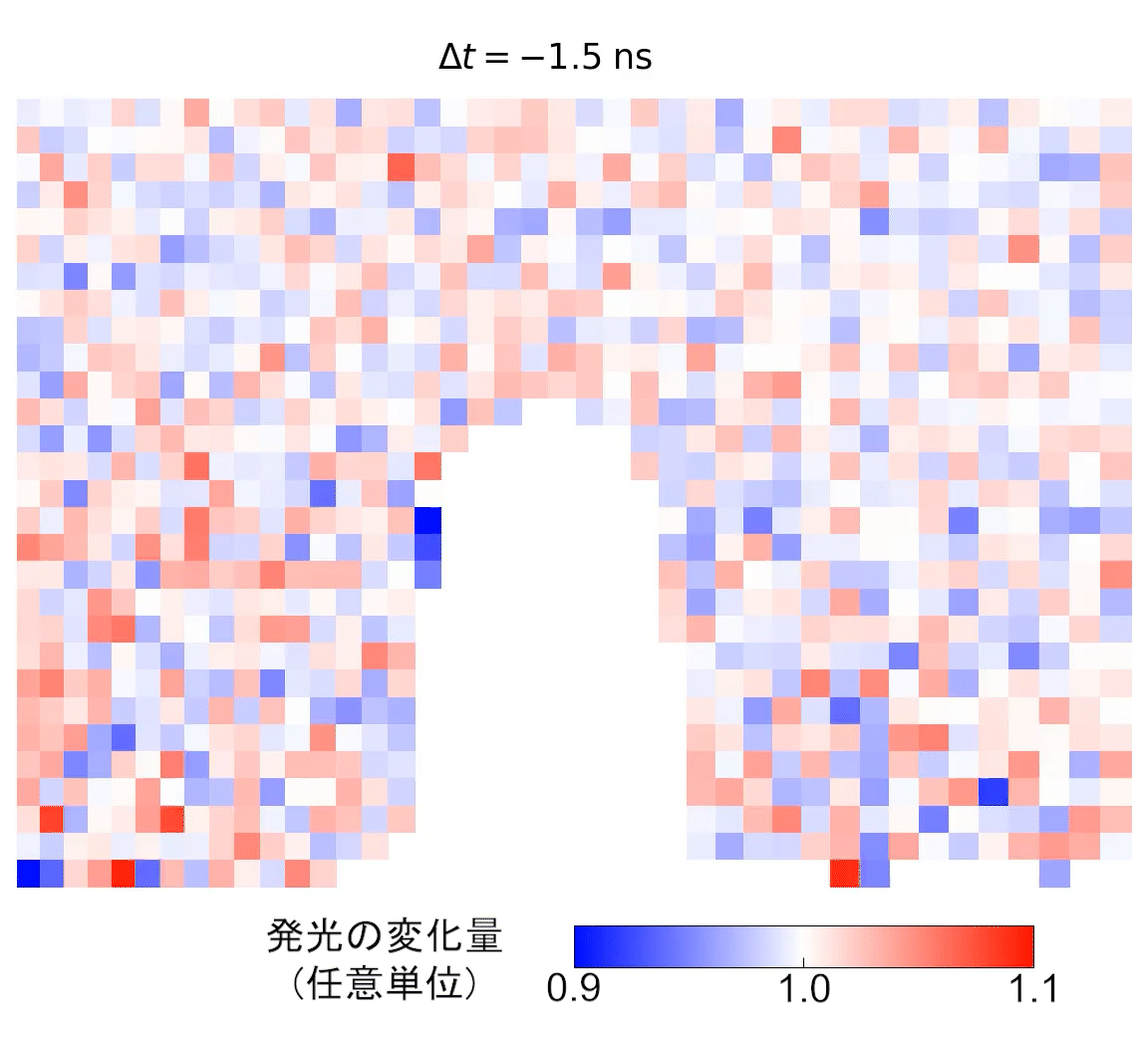Recently, a number of experimental methods have been found by which magnetic domains can be controlled and made to propagate through a host material. Theoretical schemes have also been devised to cleverly manipulate magnetic domains in space in order to enable new logic and memory devices with improved performance. Efforts to better understand the physics of domain motion have revealed that the interactions involved in driving this phenomenon are rich and numerous. The magnetic domains studied in this work form in a GaAs quantum well 2D electron system in a nonequilibrium regime of a correlated state of matter called a fractional quantum Hall liquid. In this exotic medium, ferromagnetic and nonmagnetic domains can be created and made to propagate when the system is excited by a current. This propagation is imaged here in real time using photoluminescence microscopy. The speed of the domains is measured and found to depend on several factors, including the strength of nuclear polarization in the system, as probed by nuclear magnetic resonance. This finding reveals the surprisingly significant impact of the hyperfine interaction on magnetic domain dynamics in a semiconductor, in which noticeable hyperfine effects are uncommon.
J. N. Moore et al., Phys. Rev. B 94, 201408(R) (2016) Editor’s Suggestion





